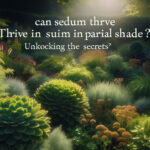Introduction to Sedum and Partial Shade
When considering the lush tapestry of your garden’s palette, the sedum, with its succulent leaves and starry flowers, emerges as a versatile performer. But what happens when the spotlight of the sun gets diffused by a canopy of leaves, casting a quilt of dappled light? Can sedum still step into the role of garden star under the softer glow of partial shade?
The term ‘partial shade’ often conjures images of light filtering through leaves, creating patterns on the ground that dance with the passing day. It’s in these patches of sun and shadow that sedum plants reveal their remarkable adaptability. From stonecrop sprawls to upright beauties, sedums possess a hardiness that allows them to navigate the shifting realms of a garden’s light. A favorite among gardeners for groundcover options, these resilient plants demonstrate that, with the right conditions, they can indeed flourish even when the sun plays hide and seek.
Consider the urban garden oasis where towering buildings create a mosaic of sunlight – it is here that the sedum stands unfazed. Or the suburban backyard where ancient oaks stretch their limbs, dappling the ground below; sedum thrives, unfaltering in its growth. In the presence of partial shade, sedums don’t just survive; they can prosper, embracing the light that peeks through the shadows.
We’ve all seen areas beneath the floaty lightness of birch trees or the dainty lacework of maple leaves, where the sunlight is soft and the heat of the day is tempered. It’s in these serene gardens that sedum shows us that with a little understanding of their preferences, they are capable of adapting and even sporting their vibrant blooms with subdued enthusiasm.
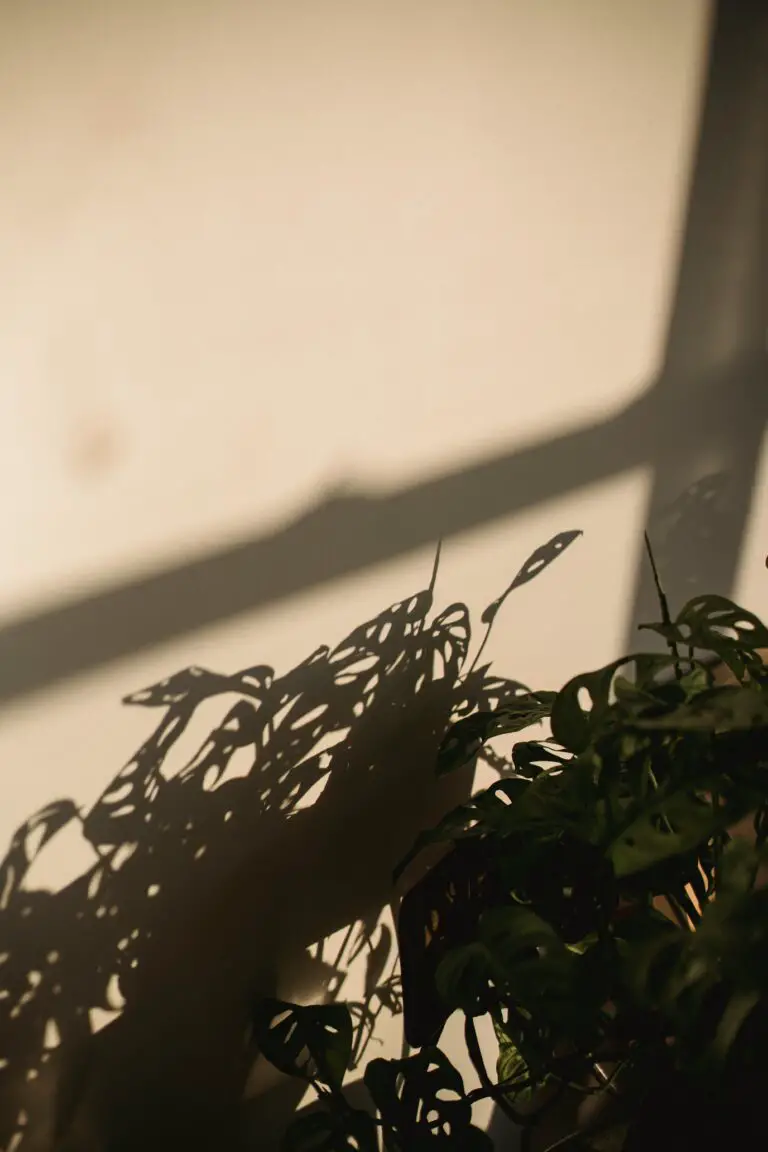
So, let’s delve deeper into the heart of partial shade gardening, and unearth the secrets behind the shade tolerance of sedums. Their story is one of triumph in versatility, an inspiration to gardeners who seek beauty even in the quieter, shaded corners of their green sanctuaries.
Understanding Partial Shade and Its Implications in Gardening
What exactly does “partial shade” mean for the aspiring gardener? Imagine a cozy nook under a leafy tree, where the sunlight plays peekaboo through the branches, casting a dappled tapestry of light and shadow. That’s the essence of partial shade—it’s not the deep, dark closet of full shade, nor the relentless glare of full sun. We’re talking about a gentle, filtered light that graces the plants for just a few hours each day. It’s like giving your plants a pair of sunglasses—enough protection to keep them from squinting, yet still letting them soak in some vitamin D.
This play of shadows isn’t just about setting the scene for an enchanting garden; it holds the secret to plant health. Every plant has a sweet spot for sunlight, and sedums are like Goldilocks—they prefer the light “just right.” Too little, and they stretch out, becoming the botanical version of a lanky teenager. Too much, and they can wilt like a drama queen in a telenovela. The right amount of partial shade is a crucial balancing act that can promote rich color, bountiful blooms, and the gusto to fight off pests like tiny Spartans.
Let’s sift through the jargon of gardening. When we say “partial shade,” we’re usually referring to a spot that relishes in three to six hours of sunlight a day, preferably the gentler rays of the morning or late afternoon. This is where sedum can dazzle without the stress of an all-day solar marathon. Now, integrate real-life into this: picture a sedum living under the shifting shade of a crabapple tree. It enjoys a morning latte of sunlight, then unwinds in the cool afternoon shade like someone lounging in a hammock. That’s the lifestyle sedum aims for when it comes to lighting—a little bit of mellow, a little bit of glow.
But don’t just take my word for it. Venture out to a garden where sedum dots the landscape like little green jewels. You’ll see them nestled in these cozy pockets of light, thriving with a vigor that makes you want to settle in beside them with a good book. It’s no wonder many gardeners are eager to unearth the knack for crafting these dappled sanctuaries—a canvas for nature’s mosaic where sedums can truly shine.
And speaking of thriving, understanding the ins and outs of light conditions and plant growth is key to creating a lush, vibrant garden. It’s a blend of art and science, where gardeners play with shades like painters with their palettes, designing landscapes that flourish.
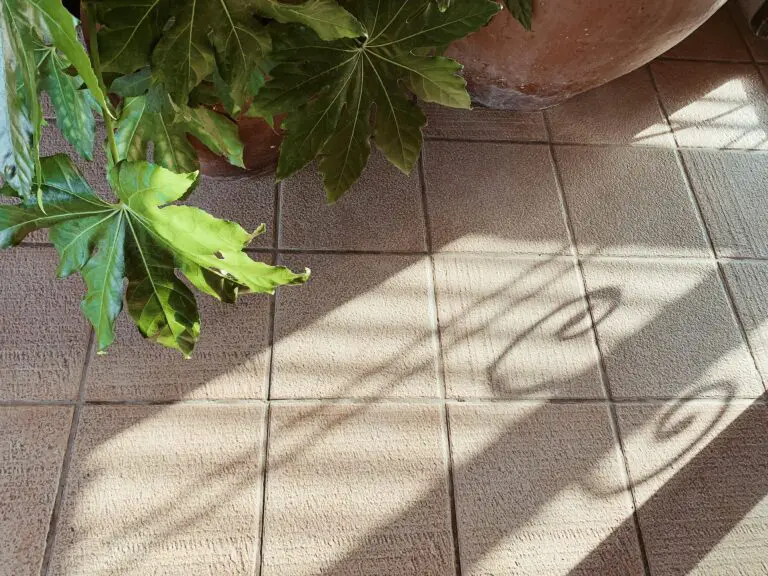
Sedum Species and Shade: A Closer Look
Garden enthusiasts often ask, “will sedum grow in partial shade?” The truth is, while most associate sedums with the sun-soaked fringes of the garden, there’s a tapestry of sedum species that tell a different story when it comes to shade tolerance. Let’s unwrap this mystery with some real-life examples that plant lovers will surely appreciate.
Imagine a lush landscape with patches of light filtering through the branches overhead. Here, varieties like Sedum sieboldii bask in the dappled sunlight, flaunting their round, colorful leaves as if to remind us they don’t just endure but indeed relish the cooler, shadier spots of the garden mosaic.
Meanwhile, creeping varieties like Sedum ternatum whisper secrets of resilience, spreading effortlessly under the canopies of large trees where the sun plays peekaboo. These species, often overlooked, attest to the versatility of sedums and their ability to surprise us with their adaptability to less-than-scorching conditions.
It’s essential to understand that not all sedums are shade lovers. The ever-popular Sedum spectabile, though hardy, prefers to soak up the sunshine. However, when placed in soft shadow, it manages to sustain its cheerful blooms, albeit with a subtler flourish. It’s a versatile player in the horticultural arena, yet it’s the less celebrated species that emerge as true champions of the partially shaded realms.
Take the Sedum spurium ‘Dragon’s Blood’ as an example: with its crimson-blushed leaves, it swims in the ebbing light of day, casting a warm glow in the cooling twilight of hidden corners. This exceptional ability to adapt and shine in varying light conditions adds to its charm as a garden favorite.
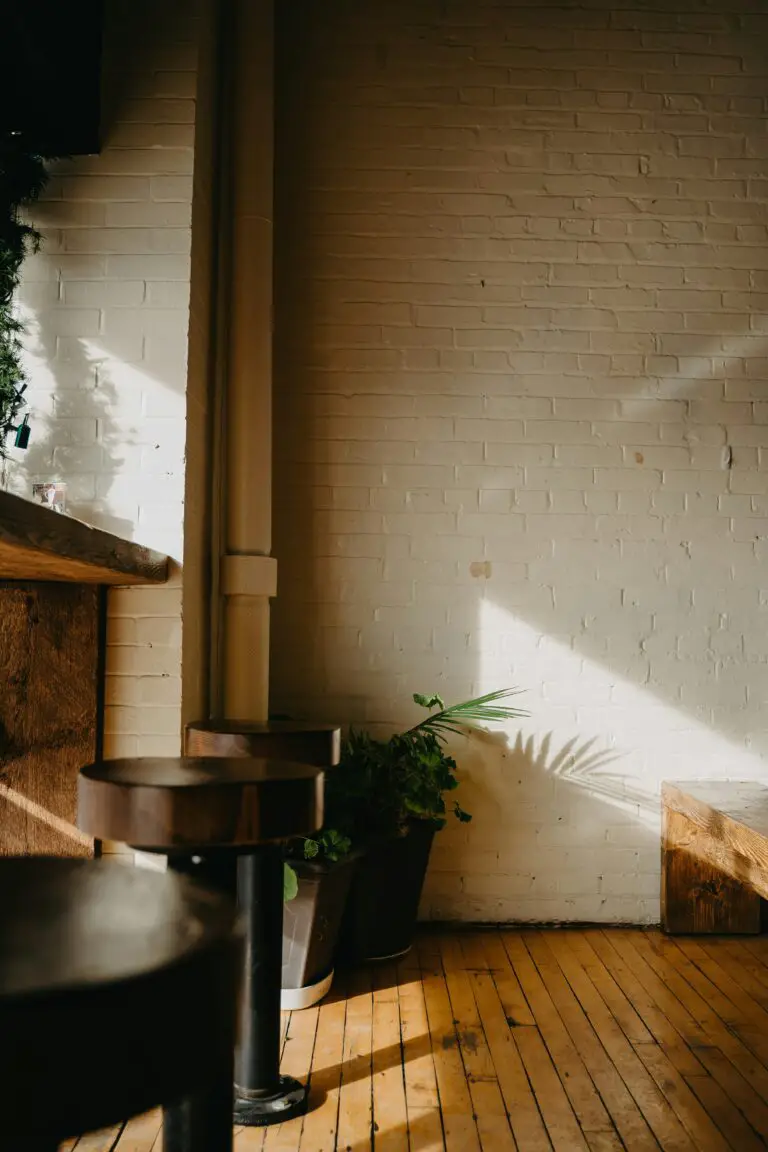
Incorporating sedums into your garden requires a thoughtful look at the microclimates within your space. It’s not just a matter of planting and hoping; it’s about placing your sedum where it can truly come to life. For more expert advice on this, take a peek at our guide on Sedum Plants Unearthed: Growing Tips and Varieties.
From the rugged stonecrops claiming sovereignty over rocky outcrops to the starry-flowered sedums adding twinkles of light to shaded borders, these plants offer a rich palette for the painterly gardener. With a discerning eye and an understanding of each species’ need for sunlight, you can create an enchanting tapestry that respects the delicate dance between sedums and the shadowplay of your garden landscape.
How Sedums Cope with Less Sunlight
Let’s turn down the brightness and talk about how sedum, a plant known for its hardiness and drought tolerance, manages to also be a champ in the shadier parts of the garden. When we venture into the realms of partial shade, does our sun-loving sedum despair? Not at all! In fact, sedum’s physiological adaptability is like a Swiss Army knife for varied light conditions. But how do they pull off this magic trick?
It’s all about their leaves. Sedums come equipped with fleshy, water-storing leaves that are a bit like built-in water bottles. These succulent features allow sedum plants to be less reliant on constant sunlight for photosynthesis. Why? Because they can hold onto water for longer periods, and as a result, make the most of the light they do get, however dappled it may be.
Consider this: you’ll often find sedums flourishing under the dappling canopy of a deciduous tree. They don’t get full sun all day, but they make do with the light that filters through. It’s a bit like sipping on a drink throughout a long, leisurely lunch, rather than gulping it down in the full noon sun. Sedums don’t guzzle light; they savor it.
Another example is when sedums grow in rock gardens or on slopes where they might be shaded by larger plants or structures. They might not be basking in the sun all day, but their ability to hoard water and deploy it efficiently keeps them going strong, even in these less sunny locales. This adaptability opens up a whole new range of garden design possibilities, where sedums can be the resilient understory beneath taller, sun-hungry companions or the serene highlight of a shaded nook.
To give you an even clearer picture, let’s roll a video showing sedum thriving in environments that aren’t just sun-drenched rockeries but also those with a smattering of shade:
Sedums are not only about survival; with their range of colors and varied forms, they add pops of year-round interest wherever they grow. So, whether it’s full sun or partial shade, sedums demonstrate a remarkable versatility that gardeners adore. Their shade tolerance showcases an evolutionary finesse, turning potential light limitations into a canvas for lush, creative gardening—even when the sunlight plays coy.
Best Practices for Growing Sedum in Partial Shade
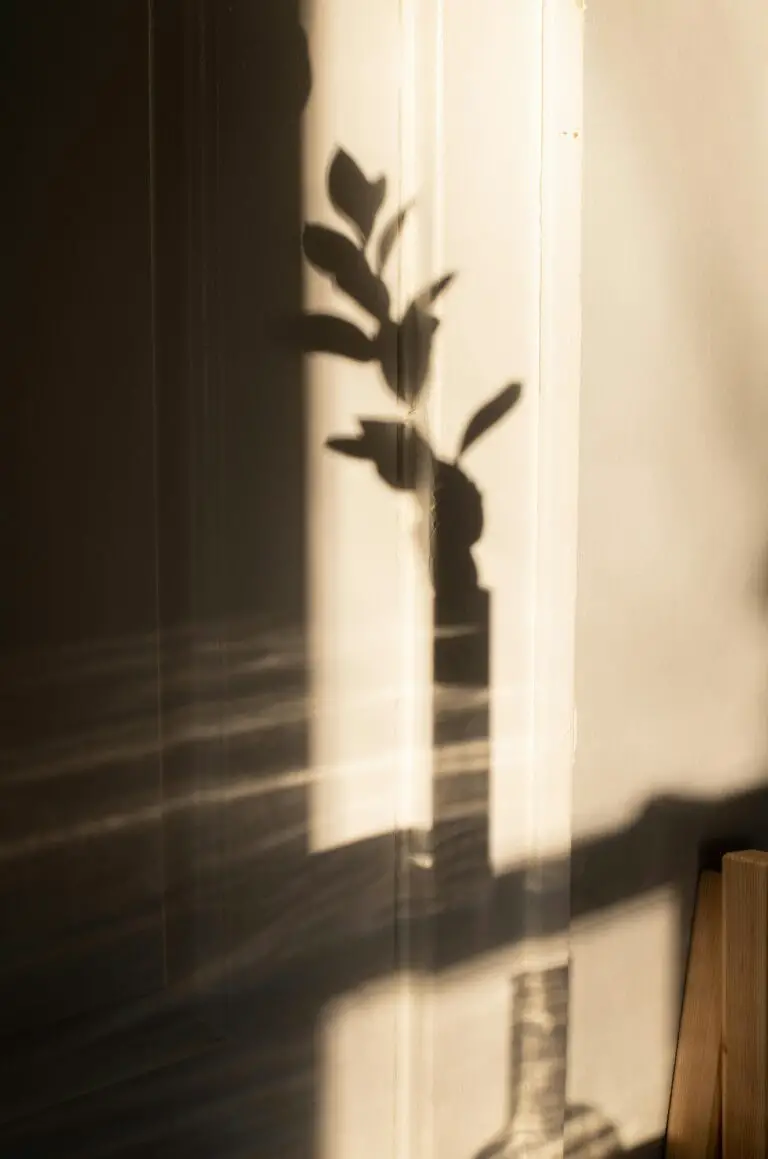
Are you wondering if your sedums will retain their succulent charm when dappled by the shade of a nearby tree or pergola? Rest assured, sedum’s versatility includes an often surprising tolerance for less than full sun. Let’s dig into how you can bring out the best in these resilient plants, even when the sun plays hide and seek.
Understanding Light Patterns
First things first: not all shades are created equal. In your garden, observe the dance of light and shadow throughout the day. Sedum doesn’t need blistering noon rays; it thrives in the gentle embrace of morning and late afternoon sunlight. If your garden’s partial shade still gifts sedum a few golden hours of sun, you’re on the right track.
The Right Sedum for the Spot
Within the sedum family, diversity abounds. Some, like Sedum telephium, sport a thicker foliage and stem, predisposing them for resilience in shadier spots. Others, with delicate leaves, might crave more sunlight to flourish. When planning your shade garden, choose varieties accustomed to a little indulgence in the shadows.
Water Wisely
Sedums store water in their leaves, making them drought-resistant stars. However, in the shade, water evaporation slows down, reducing their need for frequent drinks. The golden rule? Let the soil dry out before you water again, ensuring your sedums’ roots remain as strong as their character.
Airflow is Key
Good air circulation is the unsung hero in the partial shade garden. While sedums bask in their cooler environment, stagnant air can invite unwanted moisture and pests. Encourage a gentle breeze to weave through your garden, perhaps by strategically placing your sedum among taller, airier companions.
Fertilize with Finesse
Less sun means a slower pace for your sedums, and that includes their appetite. Overfeeding can lead to leggy, weak plants that lack the sedum’s trademark robustness. Stick with a light hand when enriching the soil, ensuring just enough nutrition for them to thrive without becoming gluttonous.
By following these tips and appreciating the unique requirements of partial shade, your sedums can defy expectations and flourish. These succulent beauties aren’t just sun worshippers—they’re adaptable survivors ready to pepper your garden with texture and color, regardless of the sun’s caprice.
Showcase of Sedum: Ideal Varieties for Shaded Areas
For those with gardens graced by the gentle dappling of sunlight through canopies, sedums offer a surprising array of options. Let’s take a wander through the verdant world of these versatile plants and introduce you to varieties that don’t just survive but truly flourish in the speckled light of partial shade.
Star Performers beneath the Canopy
Imagine a groundcover that mimics a star-studded sky; this is the ‘Night Embers’ sedum, with its deep burgundy foliage kissed by flecks of pink blossoms. Under the subtle shade, it glows with a vibrant energy often unexpected in less sunny spots. Another star is the ‘Frosty Morn’ sedum, whose variegated leaves edged in white shimmer like a morning frost, a striking contrast against the shadowed earth.
Let’s not overlook the ‘Cape Blanco’ sedum, with its ghostly jade leaves that conjure images of moonlit seasides. It’s a true testament to the resilience and adaptability of sedums in dimmer environments. And then there’s the robust ‘Matrona’, a statuesque variety with sturdy stems that support heads of pale pink flowers rising above the foliage, embodying both strength and grace in the half light.
For a touch of whimsy, witness the ‘Blue Spruce’ sedum. Its needle-like leaves create a textured carpet reminiscent of a miniature evergreen forest floor, while the soft blue hue weaves a cool, calming spell amongst the shadows. It’s a variety that doesn’t just endure the shade; it thrives, casting an enchanting spell of color and form.
Take a moment to envision these sedums in the dappled shade of your garden. ‘Night Embers’ forming a dark, mystical backdrop for lighter blooms. ‘Frosty Morn’, akin to a living lace border along pathways softened by the filtered sun. ‘Cape Blanco’ spreading like foamy waves among rocks and crevices, and the regal ‘Matrona’ towering with an air of confidence that commands attention even in the subdued light.
These are not just plants; they’re performers that bring life and beauty to parts of the garden often resigned to shadows. Do sedums grow in partial shade? Absolutely. With varieties like these, your shadowed garden spaces can become captivating scenes of thriving flora, an inspiration for gardeners who believe that every corner of their green sanctuary holds potential for splendor.
The Impact of Seasons on Sedum and Shade
When it comes to the resilient sedum, every budding green thumb wonders: Will sedum grow in partial shade? To unlace this mystery, one must embark on a seasonal journey, understanding the dance sedum performs with light throughout the year. Within the realm of oak trees and shifting clouds, sedum shows us its shade savvy side.
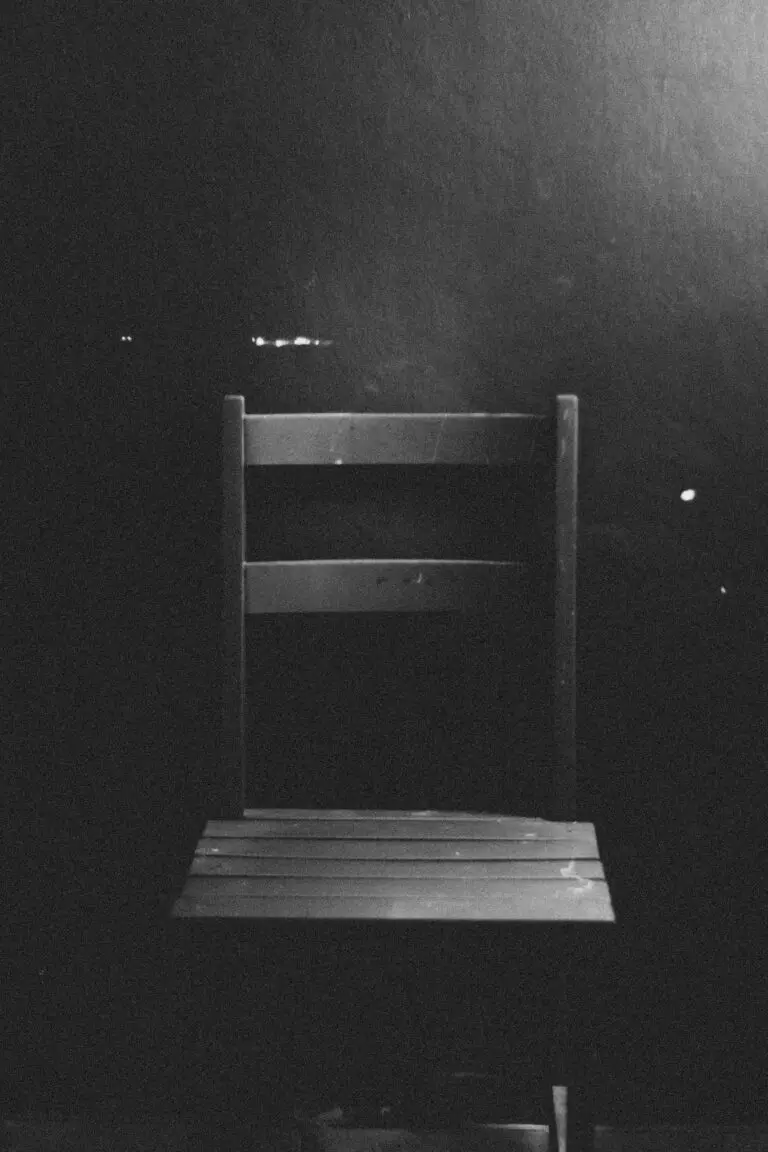
As spring unfurls its greenery, sedum begins to bask in lengthening days, but what happens when dappled light, rather than full sun, filters through the branches? This is the stage for sedum to make its grand entrance into partial shade. You see, sedum doesn’t shy away from a bit of cover; it embraces it, swelling with life where beams of light play hide and seek with leaves.
Transitioning into the summer, the plot thickens. With canopies in full leaf, sedum finds itself in a serene, humble spotlight—partial shade avoiding the harsh midday melodrama of the sun. This, indeed, is sedum’s sweet spot. Watering routines may ebb as the summer symphony of shade protects the sedum’s need for refreshment from becoming a parched plea.
Autumn whispers a cooler tale, where the dwindling light softens the intensity of the sun. Can we hazard a guess what our sedum does? It thrives! Now, as leaves pirouette to the ground, sedum might yearn for a touch more sunlight. This is the cue for gardeners to prune overhead branches—usurping the role of the absent sun, granting our shade-dwelling friend a few more golden rays before winter’s curtain call.
Finally, winter’s performance is subdued, but our star, the sedum, stands resilient. Dim light filters through barren trees, and this sturdy performer adjusts its growth in the understory. It’s the season for slumber, yet sedum’s light requirements relax, conserving energy for the upcoming spring rebirth. Here, a caring gardener might mulch or move pots to brighter locations, mimicking natural cycles, guiding sedum through the shorter days.
Through the changing seasons, sedum’s adaptability to partial shade is a testament to its low-maintenance character. Engage with the rhythms of nature, adjust your approach, and watch as sedum not only grows but thrives in the shifting spotlight of partial shade.
Troubleshooting Common Issues with Sedum in Shade
While sedums are celebrated for their resilience and ease of care, shading them too much can sometimes lead to a garden conundrum or two. Typically basking in the full glow of the sun, these hardy succulents may begin to show signs of distress when tucked away in a cooler, darker corner of your garden. Let’s dig into some of the more common shade-induced hiccups that might plague your sedum and unearth some solutions that will help your plants flourish even in partial shade.
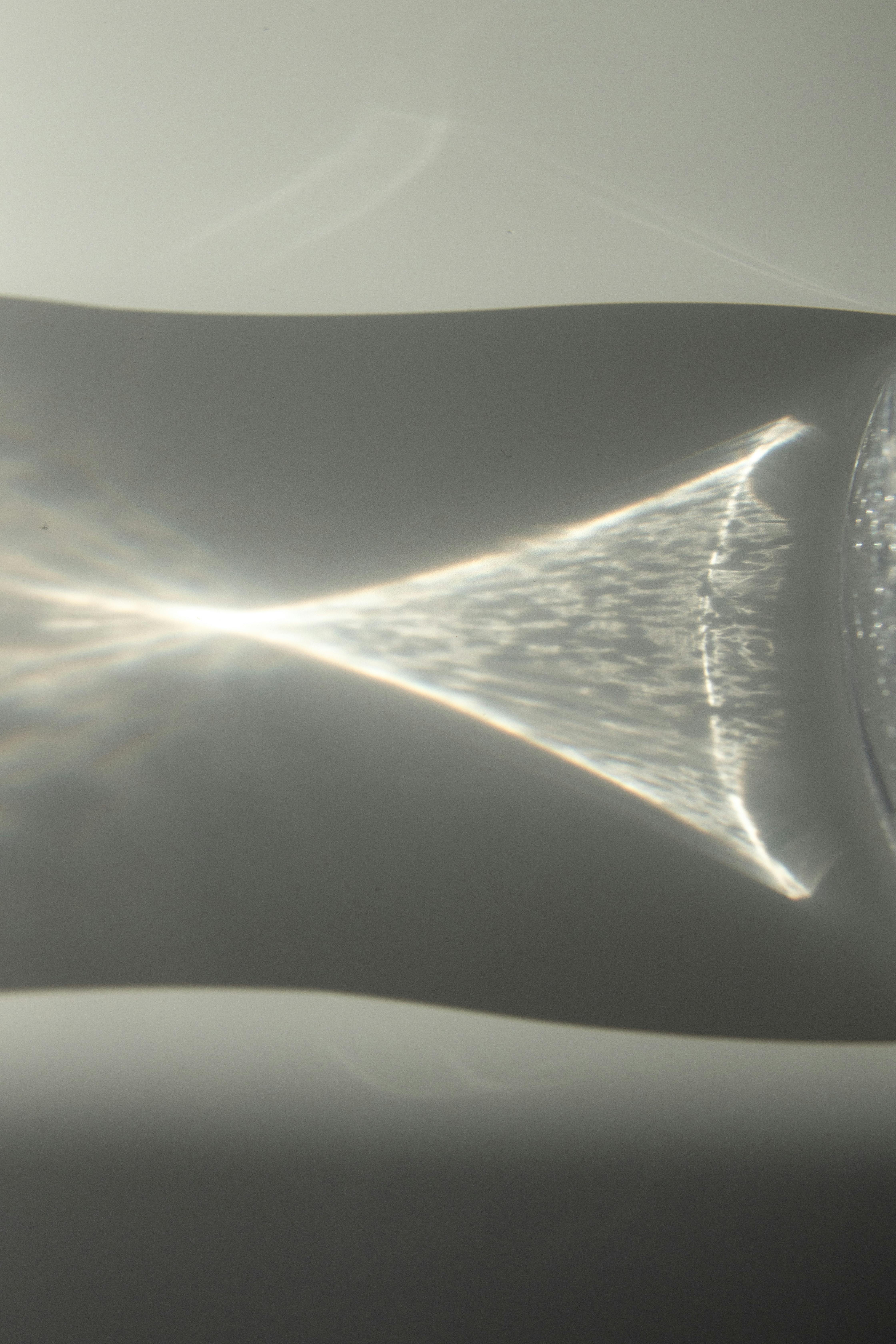
Legginess: Sedum Seeking the Sun
Legginess is when plants become spindly, stretching out their stems in search of light. Picture your sedum, usually a compact mound of lush foliage, now reaching awkwardly towards the brighter areas of your garden. A classic telltale sign that your sedum desires more sunlight. The fix? Consider pruning the leggy parts to encourage bushier growth or relocating it to a spot where it can soak up some extra rays for part of the day. A gentle reminder that while sedum can manage in partial shade, they do have their solar preferences!
Where Have All the Flowers Gone?
The lack of blooms can be disheartening for any gardener, especially when your sedum usually offers a brilliant display of colors. If your sedums are shy to flower, it could be a signal that they crave more light. Partial shade can sometimes be enough to stifle the floral show. To coax your sedum back into bloom, a move to a sunnier locale might be in order – just a bit more light can make all the difference. And don’t forget to feed your sedum with a balanced fertilizer; a well-fed plant is a happy bloomer.
By keeping an eye out for these signs of shade distress and taking prompt action, you can ensure that your sedums remain happy, even when the light is less than ideal. Remember, a bit of troubleshooting can lead to a lush, vibrant tableau of sedum, no matter where in your garden they grow.
Frequently Asked Questions
Are you pondering whether your patch of partial shade is a paradise for sedum? Fear not, gardening aficionados! We’re diving into the nitty-gritty of how these resilient plants can flourish even when sunshine plays a game of hide and seek.
What Kind of Shade Can Sedum Tolerate?
Imagine a woodland clearing where sunlight filters through the leaves, creating a checkerboard of light and shadow. That’s the kind of dappled light where sedum plants can truly thrive. While they’re known for their love of the sun, many sedum species can perform well in these enchanting light conditions, growing lush and full as if they’re basking in the limelight of a forest stage.
Are There Specific Varieties of Sedum That Prefer Shade?
It’s like a matchmaking service for plants and gardens: some sedums are better suited for the shadier spots. Varieties such as Sedum ternatum and Sedum spathulifolium come with an “I heart shade” badge, ready to be paired with your sheltered garden nooks. They don’t mind a little cover, and in fact, they might just thank you with a stunning display of foliage and flowers.
Here’s a snapshot of sedum’s versatility in a not-so-sunny garden spot:
Will Sedum Still Flower in Partial Shade?
Just like a brilliant actor doesn’t need a spotlight to shine, sedum doesn’t always need full sun to put on a floral show. While they might be a tad more modest with their blossoms, sedums still summon the courage to put forth flowers, drawing in pollinators from near and far. It’s a subtle spectacle, but one that adds a lovely layer to your garden’s texture and color palette.
How Do I Ensure My Sedum Gets Enough Light in Partially Shaded Areas?
It’s a balancing act like a tightrope walker in the circus of the garden world. Position your sedum so it can soak up those precious sunbeams when they make their grand appearance. Morning light, in particular, provides a gentle yet effective glow that sedums find delightful. And don’t forget to clear the stage of fallen leaves or overgrown neighbors that may cast an overly ambitious shadow on your sedum’s performance.
Can Sedum Survive in Shade During Winter?
When the winter curtain falls, you’d think it’s intermission time for sedum, but these hardy performers endure. In partial shade, they slip into a state of stoic dormancy, poised and ready for their springtime encore. As snowflakes dance like spotlights around them, sedums in their frozen beds rest, gathering strength for another season of growth.
The beautiful thing about sedum is its ability to adapt to varying stages of light, making it a versatile addition to any garden. Whether basking in a sunbeam’s fleeting kiss or nestled in a cozy shade, these hardy succulents are poised to surprise and delight you with their resilience. So go ahead, cast them in the shady corners of your garden plot, and watch them transform the space into an enchanting green haven.

